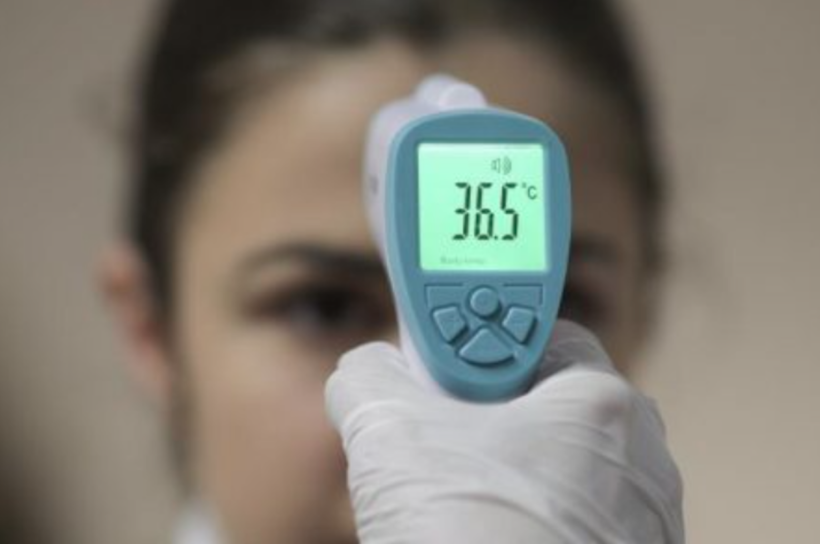An infrared temperature sensor is designed to sense electromagnetic waves between 700 nm and 14,000 nm. The spectrum of infrared can extend up to the maximum of 1 million nm. The temperature infrared sensor cannot measure anything over the mark of 14,000 nm. Such sensors work with the focus of infrared energy that is emitted by a specific object onto a number of photodetectors.
Photodetectors are responsible for converting energy into electrical signals. The signals are proportional to the object’s infrared energy emitted. Due to emitted infrared energies of objects being proportionate to temperatures, electrical signals offer a completely accurate reading for the object temperature when pointed at. Infrared signals are then passed into sensors through windows made out of some specific plastics.
Normal plastic cannot allow the passage of infrared frequencies. It is the sensors that use forms that are transparent for particular frequencies. Such plastic will filter out all the unwanted frequencies while protecting electronics inside sensors from dirt, dust, and several possible foreign objects.
Infrared Temperature Sensors – Advantages
The main advantages we need to highlight are the following:
- Infrared sensors are reading moving objects. The contact-based temperature sensors cannot work well when thinking about moving objects. With infrared temperature sensors, they can be used to measure temperatures of brakes, tires, or similar devices.
- Infrared sensors do not wear. Because of the lack of contact, there is no friction. With IR sensors, there is no wear or tear. Much longer operating lives are thus gained.
- Infrared sensors offer much more detail. The IR sensor will offer greater measuring detail than the contact devices. This is done by simply pointing the sensor at various spots of the object when reading it.
- Infrared sensors are useful to detect the presence of motion. This is done by measuring temperature fluctuations.
Choosing The Appropriate Sensor
Every single substance is emitting more infrared radiation when at a particular frequency when compared with other frequencies. As an example, polyethylene will emit most IR radiation when reaching 3,430 nm. Metals mostly emit at the 1,000 nm range. In order to get optimal performance, infrared temperature sensors need to have the spectral range centered based on peak temperatures. Due to this, it is very important to remember the fact that specific IR sensor application is required when you order it or when ordering sensors that have adjustable spectral ranges.
Background Sources Of Heat
Infrared temperature sources are pretty confusing due to background infrared radiation sources whenever being used as being motion detectors. Work around this specific problem with the use of differential detection. This is a technique through which you wire 2 sensors to differential amplifiers, as inputs that are opposite.
When you use such a wiring method, sensors are canceling out average temperatures of shared field of view. Background temperature fluctuations are not going to lead to motion reading triggers. Such an arrangement can reduce the presence of common-mode interference. This is a technique that can only work when using motion detection though. It is not effective with the temperature reading.
In order to deal with background heat problems as the temperature is measured, the sensor’s field of view is narrowed.
Laila Azzahra is a professional writer and blogger that loves to write about technology, business, entertainment, science, and health.
